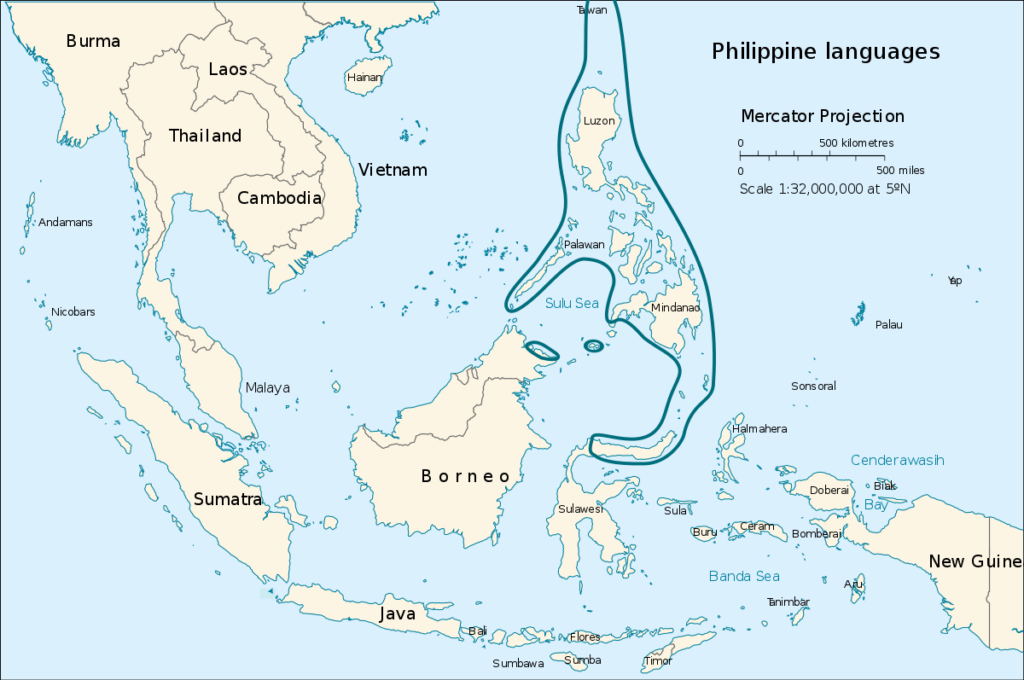The Philippines, a lush archipelago located in Southeast Asia, is known for its rich cultural and linguistic diversity. With over 7,000 inhabited islands and a history marked by various influences, the Philippines is home to about 185 languages. Spanish, though marginal in its usage, is gaining strength in minority circles and survives in dialectal forms. Want to know more about the languages of the Philippines? Stick around, and I’ll tell you all about it. Welcome to the PrimeGroup channel.
Philippine Linguistic Diversity: A National Treasure
The Philippines ranks as one of the most linguistically diverse countries globally. Though Filipino and English are the official languages, they only represent a portion of the Asian nation’s linguistic wealth. Interestingly, the Filipino Constitution also recognized Spanish as an official language until 1987 in recognition of its historical influence.

The Filipino Language and its History
The Filipino language, also known as Tagalog, is the national language of the Philippines. It’s based on the Tagalog dialect spoken in the Luzon region, the country’s largest island. During colonial times, Tagalog was significantly influenced by foreign languages like Spanish and English. In 1937, the term “Pilipino” was introduced to describe a standardized version of the language, which eventually became modern Filipino in 1959. Today, Filipino is the primary means of communication among different regions and ethnic groups in the Philippines.
English in the Philippines: A Legacy of Colonization
The U.S. colonial presence left a lasting imprint in the Philippines, including the English language.
During over half a century of American rule (1898-1946), English was promoted as a medium of instruction and an official language, replacing Spanish, which was deliberately marginalized by the new rulers, especially in Manila. This led English to become a widely spoken second language in the country, used in education, business, and public administration. To this day, English remains a vital tool for global communication and a competitive advantage for Filipinos in the international job market.
Spanish in the Philippines
Spanish arrived in the Philippines in the 16th century during the expedition led by Ferdinand Magellan, but it was Miguel de Legazpi who initiated a Spanish colonization around 1565 that would last over three centuries. During this period, Castilian Spanish became the official language of the Philippines and was used in public administration, education, and the Catholic Church. The Spanish introduced the Western education system in the Philippines, and schools taught in Spanish, making the language accessible to the educated elite. The influence of Spanish on Filipino culture is evident to this day. Many words in local Philippine languages have Spanish roots, and the presence of Spanish words is especially notable in Tagalog and Cebuano. Furthermore, many Filipino surnames also have a Spanish origin.
The Melting Pot of Regional Languages
As mentioned, the Philippines harbors a vast array of regional languages, some of which are further divided into countless dialects – 185 in total. Each region has its distinctive language or dialect, often reflecting local communities’ culture and history.
In the Visayas region, Cebuano is a widely spoken language and one of the most important regional tongues. In Mindanao, Bisaya, Maranao, and Tausug are just some of the languages that enrich the country’s linguistic diversity. In Northern Luzon, Ilocano and Pampango are popular among their respective communities. A unique chapter is Chabacano. It has its roots in Old Spanish, and its name comes from the Spanish word “chabacano,” meaning “vulgar” or “in poor taste.” It’s believed that this term was used by Spaniards to refer to native speakers of the Creole language, suggesting a perception of the language as corrupted Spanish. Chabacano is a unique creole language, as it combines words and grammatical structures from Old Spanish with elements from local languages like Tagalog and Cebuano. This is due to the historical and cultural interaction between native speakers and Spanish colonizers.
Preserving the Linguistic Heritage
Despite the wealth of languages in the Philippines, some are at risk of disappearing due to the growing influence of Filipino and English in modern society. The Filipino government has taken steps to conserve and revitalize these languages by integrating bilingual and multilingual education into the education system.



